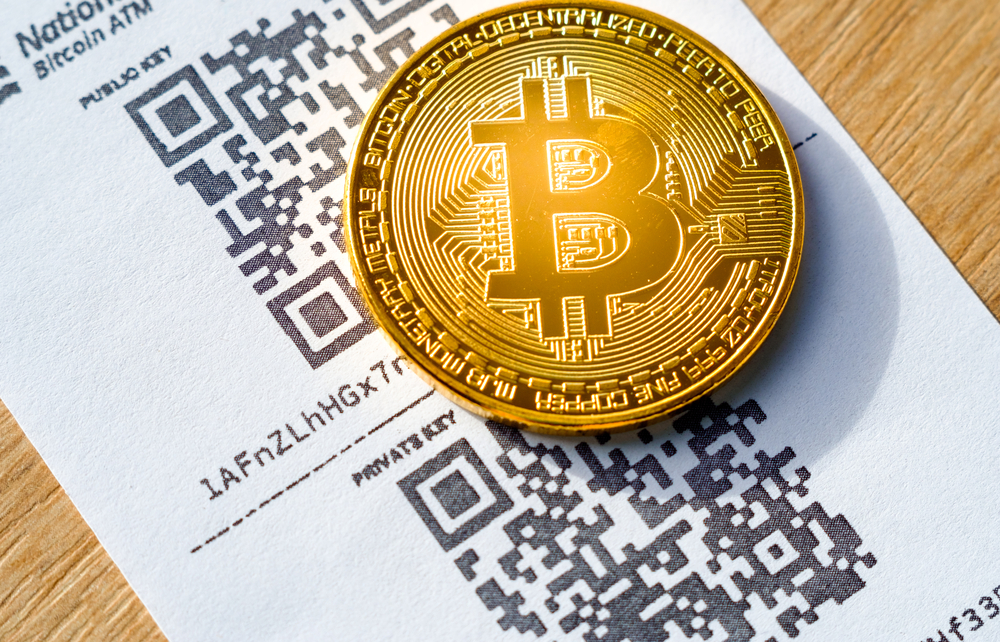Institutional interest in crypto is growing, confirmed by a Goldman Sachs survey, which found that 40% of the company’s high-net-worth clients were already exposed to cryptocurrencies. Stablecoins — which offer a more secure and steady option in the crypto space — have experienced hyper-growth, reaching a $119 billion market cap. The volatility of crypto has attracted more conservative investors to asset-backed stablecoins.
Stablecoins are a form of private money. As Christina Segal-Knowles, executive director for financial markets infrastructure at the Bank of England, points out, modern money is a combination of public and private funds, up to 95% of which in developed economies is private.
She adds, “If new forms of digital money can be made safe, they could potentially contribute to faster, cheaper and more efficient payments with greater functionality. They could increase the resilience of payments. And they could even have long-term benefits for financial stability.”
True stablecoins, which are non-interest-bearing coins designed to have a firm value against a reference currency or asset, have an important role in the future of global finance. They offer low-cost, safe, real-time payments. Doing so makes it cheaper to accept payments and easier for governments to run conditional cash transfer programs while lowering the cost of remittances and connecting the unbanked to the financial system.
We grew up with the gold standard; creating new financial instruments backed by gold and other real-world assets that protect the value and allow people to borrow against their assets makes sense. The global monetary system as we know it is not that old — it’s only been 75 years since Bretton Woods.
Only 50 years ago, however, President Richard Nixon announced that the U.S. dollar would no longer be backed by gold as it had been since Bretton Woods. Now that system is under threat, not only from governments printing money as if there is no tomorrow and the resurgence of inflation but also from stablecoins.
In particular, Facebook’s announcement of the Libra project in 2019 made regulators sit up with its potential to become global and access billions of users through its social network platform. China is exploring cross-border payments in its digital yuan development, which could extend to the more than 50 lower-middle-income countries part of the Belt and Road Initiative. These countries are home to the majority of the world’s population. The rollout of the digital yuan could potentially unseat the U.S. dollar as the backbone of the global financial system.
Stablecoins and Emerging Economies
On the other hand, the potential positive value of stablecoins is in emerging economies and for populations under threat. Think of people watching the value of their hard-earned savings erode or citizens of countries like Venezuela and Lebanon watching their currencies nosedive. Think of how the global COVID-19 pandemic has exposed the urgent need for low-cost, direct digital transfers.
In a recent paper, Katherine Foster and other researchers highlighted that stablecoins carry the potential to facilitate secure and convenient transactions without volatility at a lower cost than mobile money held in a wide variety of non-bank wallets. That positive value is badly needed as global remittances, a critical development finance flow, have fallen during the pandemic due to job losses for migrant workers. Remittances saw their most serious decline in recent history, falling by almost 20% from $554 billion in 2019 to around $445 billion in 2020.
The humanitarian community also sees the potential and has pushed the boundaries on blockchain technology to improve the effectiveness and efficiency of its interventions. Ric Shreves, director of emerging technology at Mercy Corps, sees stablecoins as a compelling use case: “Imagine if we had a low volatility low-cost coin that was acceptable globally. How could that impact our work? It could impact our work from everything, from back-office operations, us moving money into difficult places, to actually doing direct distributions, to our program participants, there’s a number of really compelling use cases for that technology.”
Developing countries are already embracing crypto. The 10 top countries with cryptocurrency users globally include Kenya, Nigeria, South Africa, Venezuela, Colombia and Vietnam. The latest crypto report from Finder, a financial product comparison website, also reports that emerging economies like Vietnam, India and Indonesia are leading in the crypto adoption race. The trend of consumers from emerging markets in Latin America, Africa and East Asia turning to crypto may preserve savings they may otherwise lose to economic turbulence.


 Naira4 weeks ago
Naira4 weeks ago
 News3 weeks ago
News3 weeks ago
 Education4 weeks ago
Education4 weeks ago
 Social Media4 weeks ago
Social Media4 weeks ago
 Technology4 weeks ago
Technology4 weeks ago
 Investment4 weeks ago
Investment4 weeks ago
 Dividends4 weeks ago
Dividends4 weeks ago
 Economy4 weeks ago
Economy4 weeks ago
























